We recently sat down virtually with Julie Fisher Cummings, the newly-elected Chair of the Board of Directors, to discuss the Community Foundation's response to the pandemic, racial equity, and local impact. A dedicated and passionate philanthropist, we are so thankful for her service and the unique and valuable perspective she brings to our organization.
Q: How did you first get involved with the Community Foundation?
A: My mother served on the original Board of the Community Foundation. Through her, I learned about the impact that the Community Foundation has locally. She wanted me to take her place when her term expired, so I was able to serve from 2001-2006 and left the Board to attend graduate school for policy at Columbia University in NYC. I returned to the Board in 2017 and am now serving as Chair.
Q: How has partnering with the Community Foundation advanced your philanthropy?
A: First of all, setting up a Donor Advised Fund (DAF) at a Community Foundation is what I call a “twofer”. You get to give twice, first through funding the DAF and then using it to grant money to nonprofit or impact organizations. Secondly, it helps build the asset base in the community. Even though I may fund organizations outside of our area, I am supporting the asset base of our local Community Foundation. Finally, my involvement with the Community Foundation has helped me learn about important community issues and introduced us to other funders and board members that have given us co-funding opportunities. Like the COVID-19 response fund and the Urban League’s initiative to help transport people to the polls during this past election.
Q: Why does a DAF at a Community Foundation often make more sense than establishing a Private Foundation?
A: We converted Lovelight, our private family foundation, to a branded DAF at the Community Foundation. Since we had already built a national and statewide reputation for the Lovelight Foundation through our collaborations around causes that impact women and girls, it was important to keep our branded materials like logos, checks, and letterheads. The Community Foundation helped us protect our brand integrity and streamline our communications. Also, the cost of continuing the Lovelight Foundation as a private foundation was greater than the cost and work of establishing our fund. The Community Foundation provides us with resources we never had before: grant monitoring, grant ideas, partnerships, co-funding opportunities, check writing, strategy meetings, and site visits. They also allowed us to keep our funds invested with our manager at Chilton.
Q: As the Board of Directors’ newly-elected Chair, what do you see as the Community Foundation’s most important initiatives?
A: We must continue to focus on amplifying our core work of asset building, donor services, and community impact and embark upon a new strategy to examine this work through a racial equity, inclusion, and diversity lens. We have hired a consultant to help us on this journey. She will be assessing our internal and external practices and procedures. Her team will also be educating our Board and staff and curating a long-term strategy to improve the way we work with communities. Also, our Community Foundation needs to continue to play the role of community convener, educator, and collaborator. We have already had many opportunities to do this, including recently when we created the application process for COVID-19 Response Funds and coordinated grantmaking with twenty other funders.
Q: What have you learned in your time working with the Community Foundation?
A: We have an outstanding and dedicated staff and Board! I have learned about critical community issues, like the lack of affordable housing that prompted the Community Foundation to organize a panel discussion on the topic at last year’s Founder’s Luncheon. I’m also grateful the Foundation is strategically collecting and analyzing data to inform grantmaking decisions.
Q: What’s one thing you hope to accomplish in your tenure as Board Chair?
A: I would feel great accomplishment if we fully implemented our equity work internally with hiring practices, selecting vendors and investment managers, and attracting diverse board members. Externally, I would like to see us listening to our community’s needs and responding in ways that amplify and resource the needs.
Q: Tell us about being chosen to be on the Mayor’s Racial Equity Task Force?
A: It provides an opportunity to hear from community members and help identify and solve problems and challenges. More than anything, it is allowing us to hear about those whose lived experiences can inform our work. I am excited to be serving with Community Foundation President and CEO Brad Hurlburt and co-chairing the Education and Workforce Development Subcommittee with the new Palm Beach County school board member Alexandria Ayala.
Q: What are future opportunities for the Community Foundation?
A: As a community leader and convener, I see the organization bringing everyone to the table to learn about and address our community’s most pressing issues. We can gather data, identify gaps, and bring people from the private, nonprofit, business, and government sectors together to work on solutions. I believe everyone can give something. You don’t have to be wealthy to make a difference. The Community Foundation can collect gifts of all sizes, pool them together, and amplify their impact.





